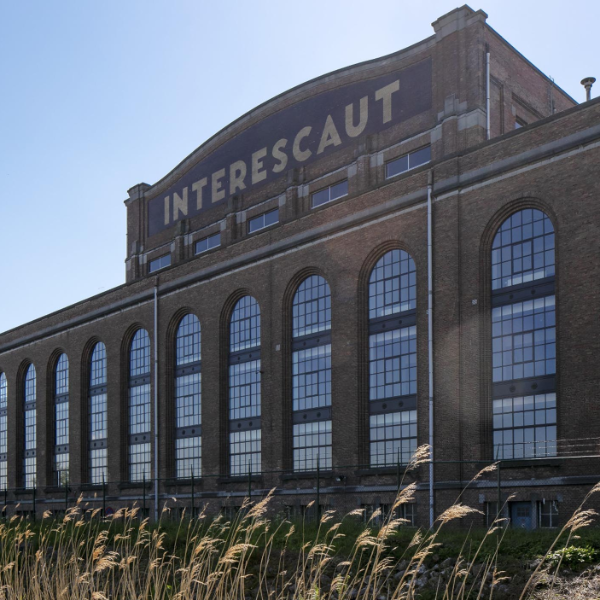Spatial implementation plan for Schelle power station

Between 1930 and 2000, the coal-fired Electrabel power station in Schelle produced electricity for a large part of Flanders, and it was an important node in the Belgian high-voltage grid. Since 2000, however, no electricity has been produced there. For this reason, the site was sold in its entirety in 2015, with a view to repurposing it.
The site’s redevelopment potential is enhanced by its favourable location, where the Rupel river joins the Scheldt, and by the valuable mudflats and salt marshes in the area. Also, the old polder landscape around the valley of the Wullebeek, Maeyebeek and Vliet, despite not being protected, has a very authentic look.
Coordination PRUP and EIA
Under assignment to the Province of Antwerp, Witteveen+Bos coordinated and drafted the provincial spatial implementation plan (PRUP), including an integrated plan EIA. We were also responsible for some of the stakeholder communication.
An effective community participation process was essential in this project, as the affected area – in addition to the vacant Electrabel buildings – also includes land and grounds which are partly used as agricultural and recreational areas.
PRUP contributes to climate-proof repurposing
The Electrabel site encompasses 80 hectares, which was previously zoned for community facilities, an industrial area, and a nature and park area. A leafy neighbourhood is also located next to the site, where power station workers once lived.
Within the parameters of the PRUP, we investigated several possible future uses. This resulted in three scenarios:
- Recreation – a zone for local sports and cultural activities, with room for ecological holiday homes and for repurposing of the agricultural area;
- Housing – 400 residences, plus room for culture and sport in the old generator hall and a large nature reserve with limited access for hikers and cyclists;
- Energy – a zone for water-related industry and SMEs with a focus on energy generation and recovery, combined with a large landscape park to attract visitors from outside the local area.
These scenarios came about after extensive design-based research and a comprehensive communication process involving the various municipalities and advisory bodies. Once the three scenarios had been finalised, they were subjected to an environmental impact analysis.
Environmental impact in the plan EIA
As part of the plan EIA, we investigated areas including biodiversity, mobility, water, soil, landscape, heritage, air, and health. During this process, we also drew up a plan mobility impact analysis to assess the effects of additional traffic in the vicinity, as well as the quality of life and traffic safety.
Preferred scenario based on extensive research
Following the design-based research, the plan EIA, and the various consultations with the different parties involved, the Province of Antwerp finally opted for the preferred scenario detailed below:
- A plan incorporating 300 homes, with room in the old generator hall for local sport and cultural activities. The existing fishing club will also be accommodated for;
- The remaining space will be designated as a limited-access forest and nature area, with room for water.
This means that an industrial area will be converted into forest land, further expanding the existing, valuable forest area. The plan also allows for increasing the size of the natural area, strengthening the existing nature around the Maaiebeek and along the Scheldt in the process. New hard functions (e.g. housing, recreation) will only be permitted on already paved areas, primarily by converting the existing buildings with significant value.
This project demonstrates that Witteveen+Bos is capable of carrying out an integrated planning process that focuses on an iterative component. It involved taking on the role of project manager, process supervisor and legal planning adviser.
We also conducted a thorough and comprehensive environmental impact analysis, together with various (external) experts. With the help of a broad alternatives study, we succeeded in informing policymakers using objective scientific data. Currently, the project is yet to be carried out.
More information?

Our projects
Every year we work on almost 5,000 projects on water, infrastructure, environment and construction.
